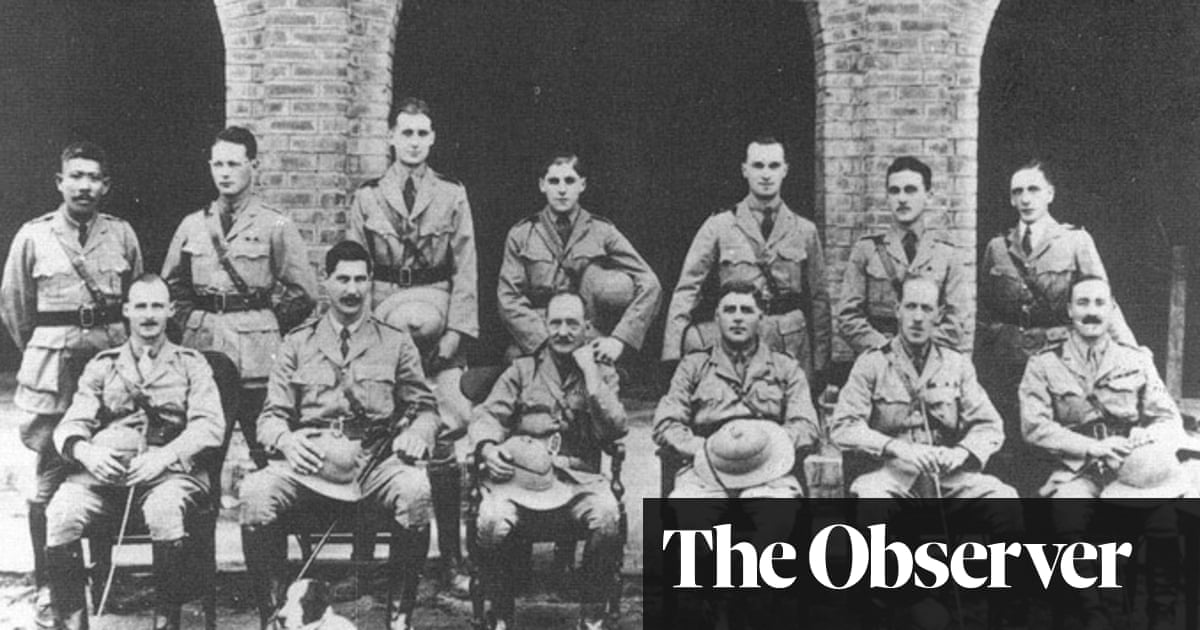George Orwell’s debut novel, Burmese Days, which was published in 1934, drew heavily from his five-year tenure in the Indian imperial police force stationed along the Irrawaddy River a decade earlier. John Flory, the protagonist resembling Orwell in the novel, appeared far more seasoned than the young Eric Blair, fresh out of Eton at 19, who embarked on his journey to Mandalay in 1922. Contrary to the setting in Rangoon or Mandalay, Orwell penned his insightful essays reflecting on that era after returning to his family home in Suffolk, imbuing them with hindsight and a more empathetic view towards the aspirations of independence.
The novel delves into Orwell’s formative years, portraying him as an unshaped individual venturing into the jungle instead of pursuing an education at Oxford, influenced by his father’s legacy in Britain’s opium trade. Theroux’s thesis, central to his meticulously researched narrative, suggests a pivotal phase in one’s life where character crystallizes, pinpointing Orwell’s transformative years as a defining period for the writer.
Blair’s concealed persona as “the skeptic, the notetaker” remains obscured beneath layers of juvenile introspection and affectation. Plagued by his towering stature and awkward demeanor, the young probationary officer grapples not only with the relentless mosquitoes of the river delta but also with his social ineptitude. His foremost concern during these nascent experiences—conducting inept investigations and surveillance—is to evade ridicule from his subordinates and the local populace he struggles to govern.
Theroux injects a sense of authenticity into the narrative, drawing from his own encounters during the twilight of the British empire, working as a peace corps educator in Nyasaland before Malawian independence. Having extensively chronicled colonial and post-colonial landscapes, Theroux vividly immerses readers in Eric Blair’s world, where his rebellious ideals clash with the entrenched colonial regime.
The narrative unfolds against a backdrop of humidity, resentment, and violence, portraying Orwell’s burgeoning defiance and antipathy towards British rule in Burma amidst escalating unrest and insurgencies. Theroux skillfully dissects the absurdities of the class hierarchy, mirroring Orwell’s simultaneous entrapment and repulsion by its constructs. Echoes of Kipling’s verses resonate throughout the retelling, reflecting the allure and contradictions that ensnared young men dispatched from elite schools to administer the empire’s dominions.
Orwell’s internal conflict surfaces through his poetic endeavors, juxtaposing romanticized illusions with sordid realities—a motif that extends to his clandestine liaisons as a means of solace amid the moral quandaries and societal prejudices he confronts. Theroux portrays Orwell as a multifaceted figure, not shying away from depicting his intimate liaisons with a diverse array of individuals, painting a vivid picture of his private escapades juxtaposed against the harsh realities of colonial life.
As Theroux navigates these pivotal junctures in Orwell’s life, a nuanced portrayal emerges, shedding light on the writer’s evolving persona beyond the confines of historical anecdotes. Orwell’s dissent against oppressive power structures and his evolving narrative style, characterized by stark simplicity and incisive observations, gradually come to the fore, enriching our understanding of the man behind the literary legacy.
